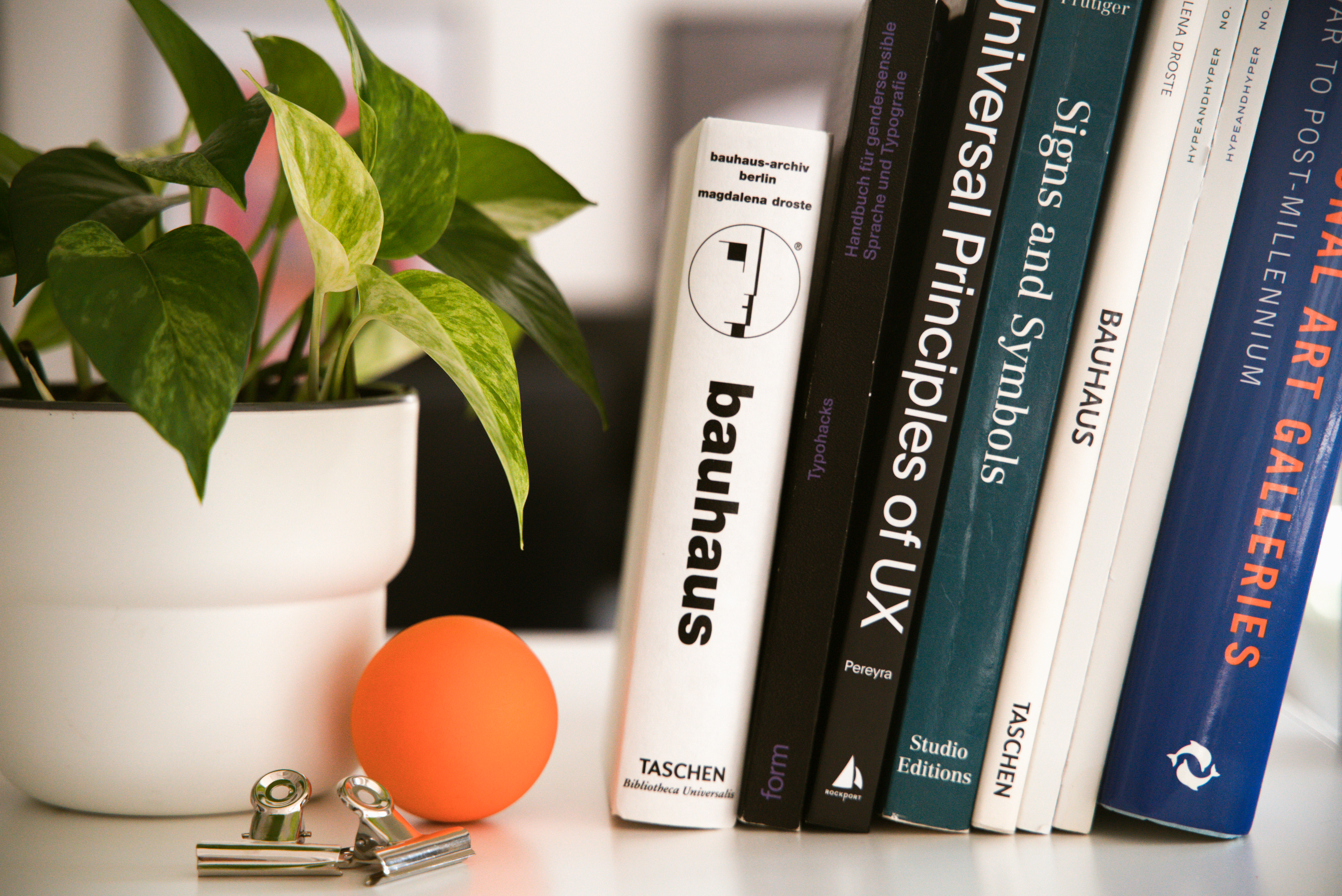It's a common misconception in web design: the idea that every inch of space must be filled with content, images, or decorative elements to maximize value. While the intent may be to impress or inform, the result is often the opposite — a cluttered, overwhelming experience for the user.
When a webpage is overloaded with visuals and dense blocks of text, it becomes difficult for visitors to process information efficiently. Even background images, when not balanced with adequate spacing, can distract rather than enhance. Too much content competing for attention can make it harder for users to navigate and engage with what truly matters.
This is precisely why negative space is not empty — it’s essential. Thoughtfully applied, it enhances clarity, strengthens visual hierarchy, and creates a more refined, user-friendly experience.
In the sections ahead, we’ll explore the key benefits of integrating negative space into your web design strategy — and how it contributes to both aesthetics and functionality.
Source: dijitaldefund
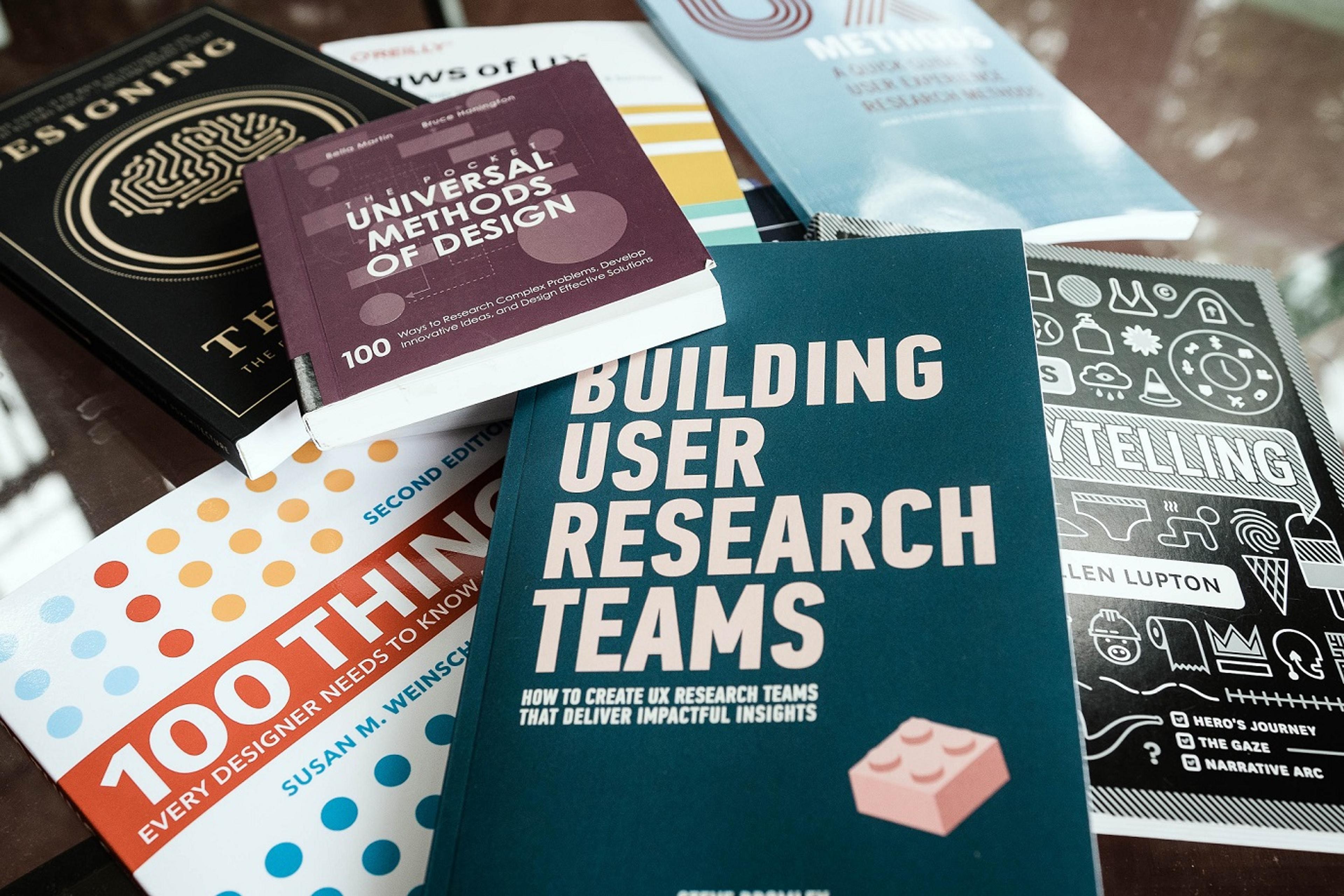
Top 10 UX Design Books List
As we explore the best UX design books for aspiring designers in 2026, each selection has been meticulously chosen to provide valuable insights and practical knowledge.
These books encompass foundational theories and methodologies and reflect the latest trends and innovations in user experience design. Design thinking is crucial in understanding user behavior and improving design processes, making it an integral part of innovation in UX.
Whether you are a novice beginning your journey in UX or an experienced designer seeking to enhance your skills, these books will help you navigate the ever-evolving design landscape. Let’s examine each title and uncover the unique perspectives they offer.
"Don't Make Me Think" by Steve Krug
Overview: This fundamental text on web usability emphasizes the basic necessity of easy-to-understand designs that require zero degrees of cognitive load from users.
Clearly, Krug firmly believes in a user-centric approach and makes designers critically think about how the users will behave while using their designs, incorporating insights into human behavior to enhance usability.
He offers solutions such as running usability tests in addition to regular navigation to improve the attributes in the design and to make the design more efficient in enhancing user experience.
Key Takeaways: Feedback and user testing are done, then the design is influenced by the aforementioned behavior to make appropriate decisions, and finally, navigation systems that cut across the site are established. These are basic principles for any web-based design.
Relevance for 2026: Since digital space is constantly changing, it is important to note that Krug’s information is still necessary to retain simplicity of use and stay within the boundaries of users’ needs with websites and applications.
Source: blog.uxfol
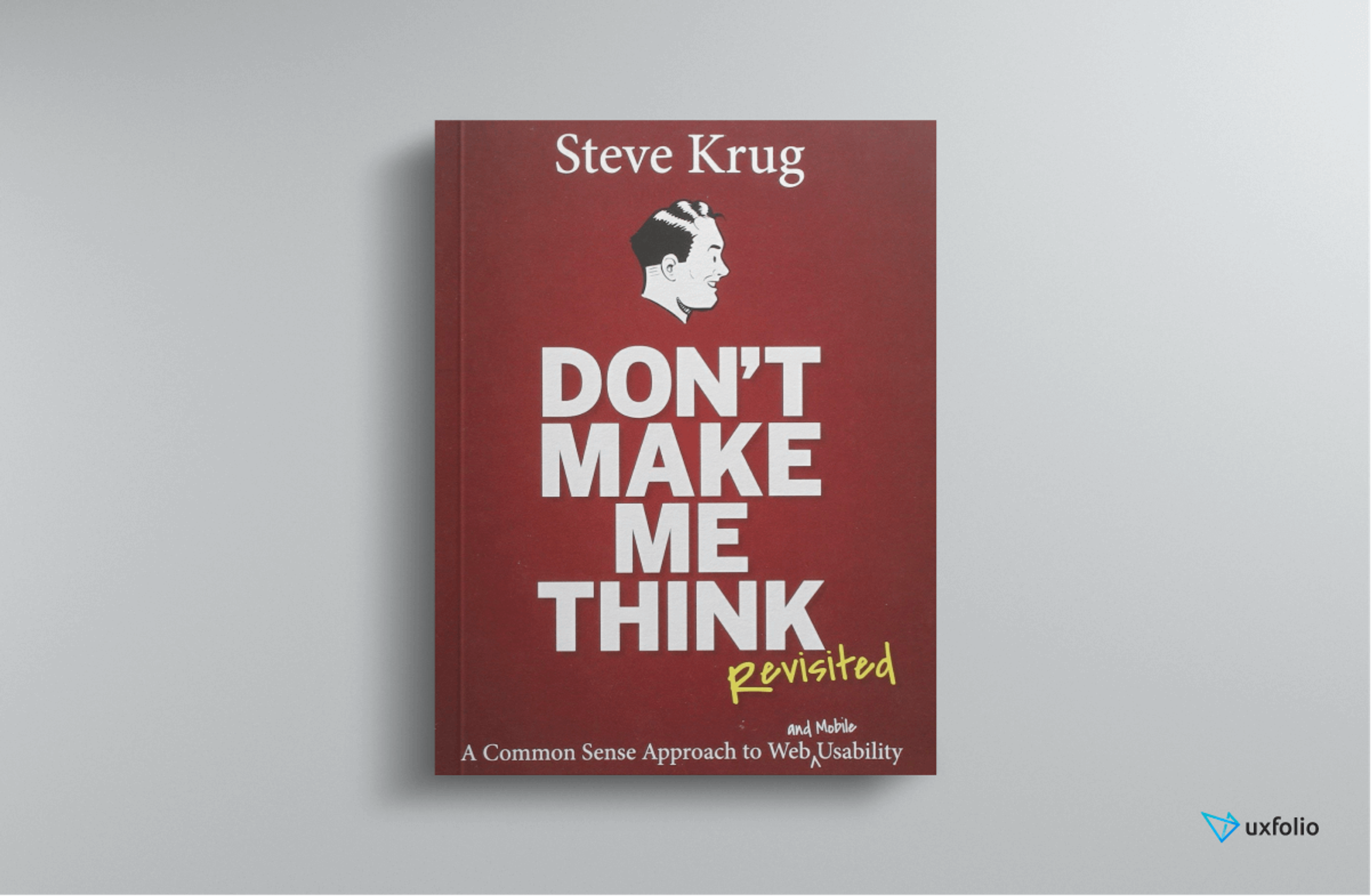
"The Design of Everyday Things" by Don Norman
Overview: Norman's top-notch text is centered on design psychology, with a well-ordered plan detailing the interaction between the user and the tangible and the interface with the intangibles.
He is passionate about beautiful designs that work for the user. By analyzing the users' mental activities, Norman explains the significance of good designs and even better feedback provisions to the users.
Key Takeaways: We should focus on usability as a design principle, comprehend the need to offer feedback, and create visually appealing designs while still being functional.
Relevance for 2026: Understanding how people use smart appliances and smartphones will become even more important, especially as smart devices and interfaces become more common.
Source: nngroup
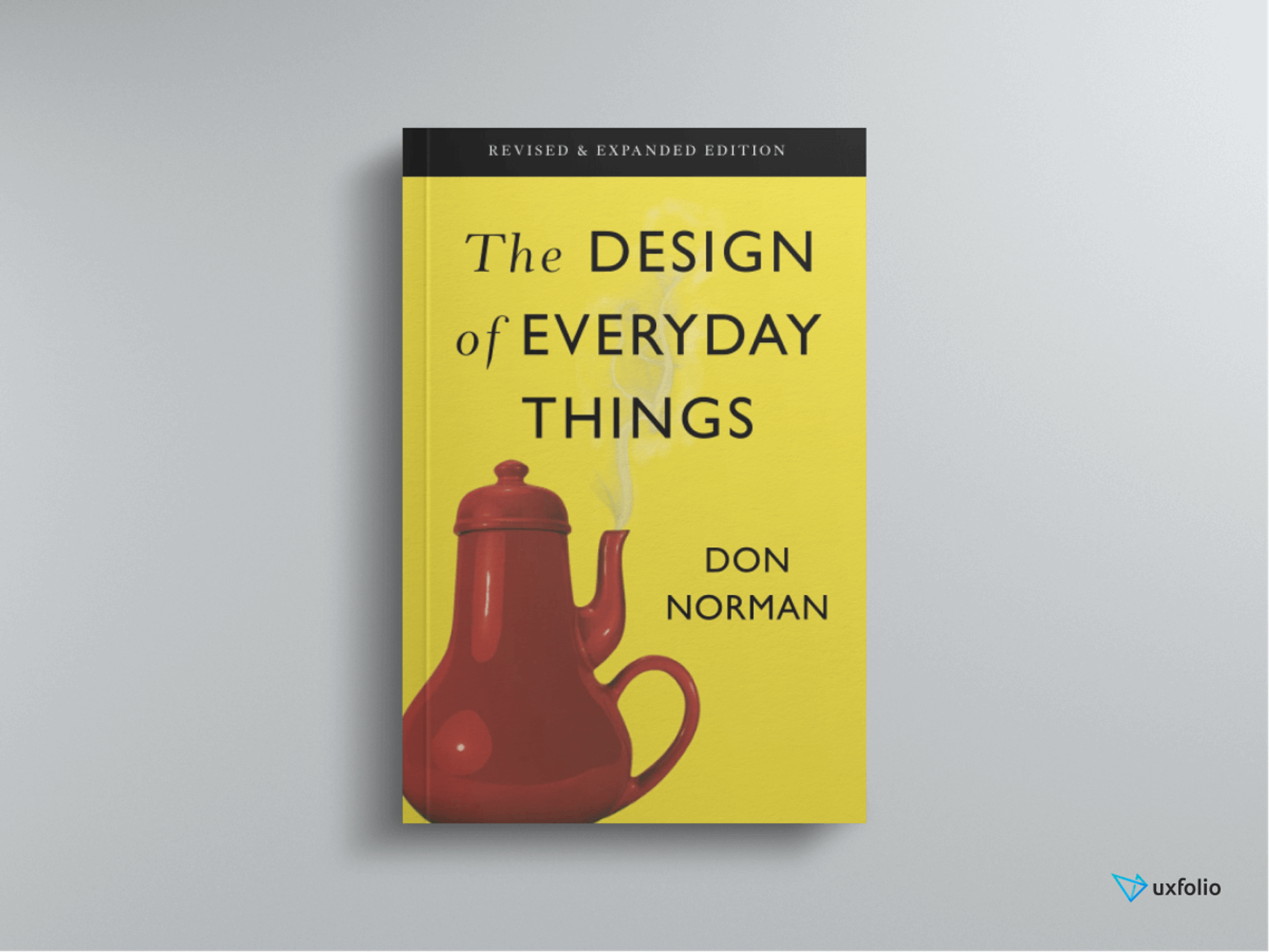
"Designing Interfaces" by Jenifer Tidwell
Overview: This book is a holistic and operational encyclopedia with various interaction design patterns. It will be of huge benefit to those who work with software or web interface design, particularly those who create user-friendly and effective digital user interfaces for modern digital platforms.
In this regard, Tidwell offers many patterns that help solve common usability problems, making it easier for designers to make quality design decisions.
Key Takeaways: Employing a design pattern toolbox can help resolve some common usability problems and help the designer more adequately manage the usability of the designed interface.
Relevance for 2026: While new ways of interaction, such as voice and gesture control, are becoming popular in design communities, Tidwell’s templates help designers create flexible designs to meet the needs of different clients.
Source: studylib
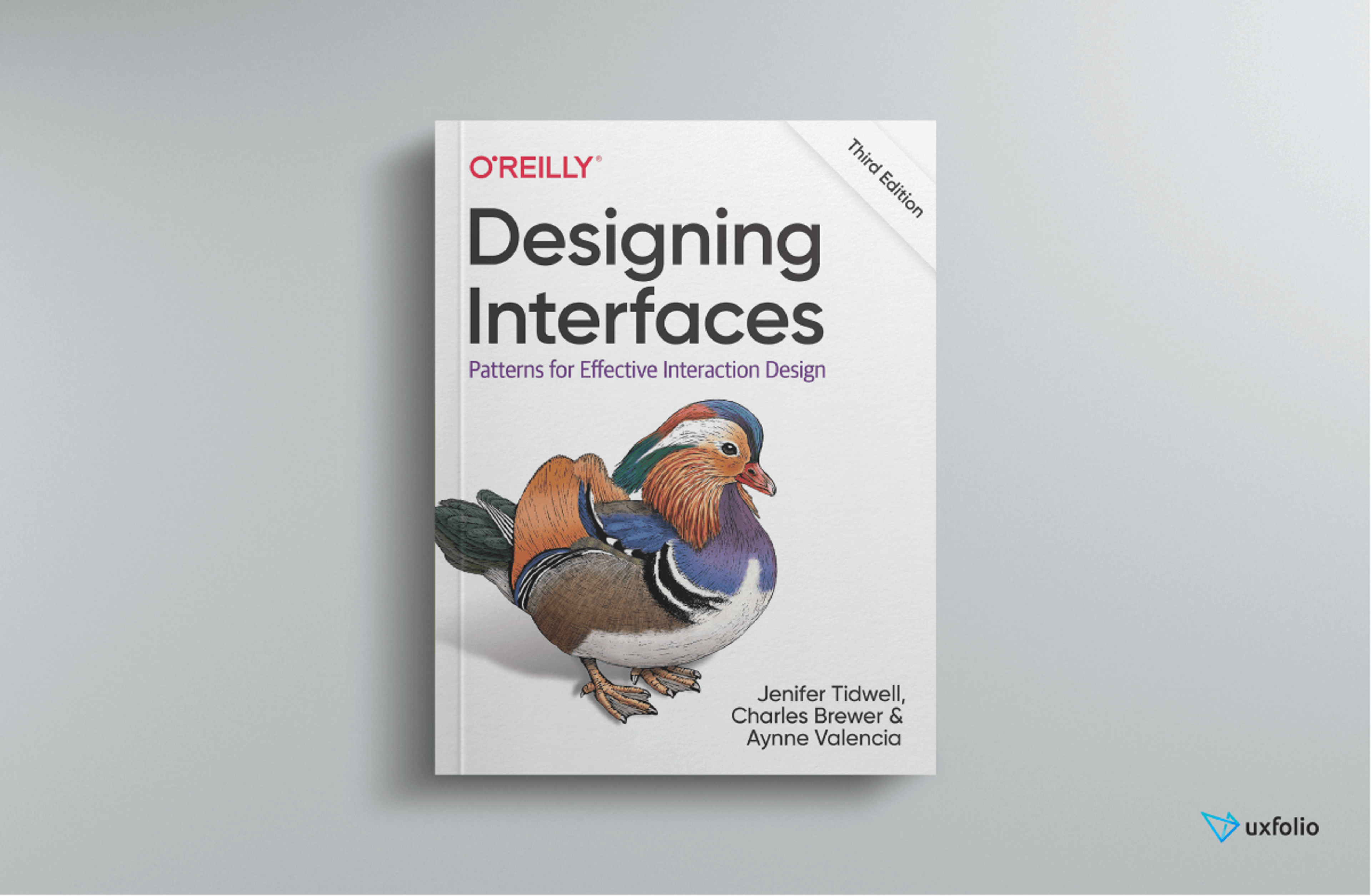
"Sprint: How to Solve Big Problems and Test New Ideas in Just Five Days" by Jake Knapp, John Zeratsky, and Braden Kowitz
Overview: Businesses are generally conservative outside the particular instance of radical innovation where significant organizational changes are necessary to bring a new offer to the market.
The authors are professional product designers with a wealth of experience from Google Ventures and present their primary ideas on how it is possible to powwow and swiftly work on iterations that are likely to change the patterns of interaction in a highly productive environment.
Key Takeaways: Learning to prototype or test almost any idea can speed up the design stage, lessen the possibility of shortcomings, and create effective collaboration among team members, thus enabling better results after product development.
Relevance for 2025: In the rapidly spreading business sectors and cutthroat competition climates, improving concepts and bringing result-oriented new ideas in the shortest time possible becomes a requisite in designing user experience and product solutions.
Source: thesprintbook
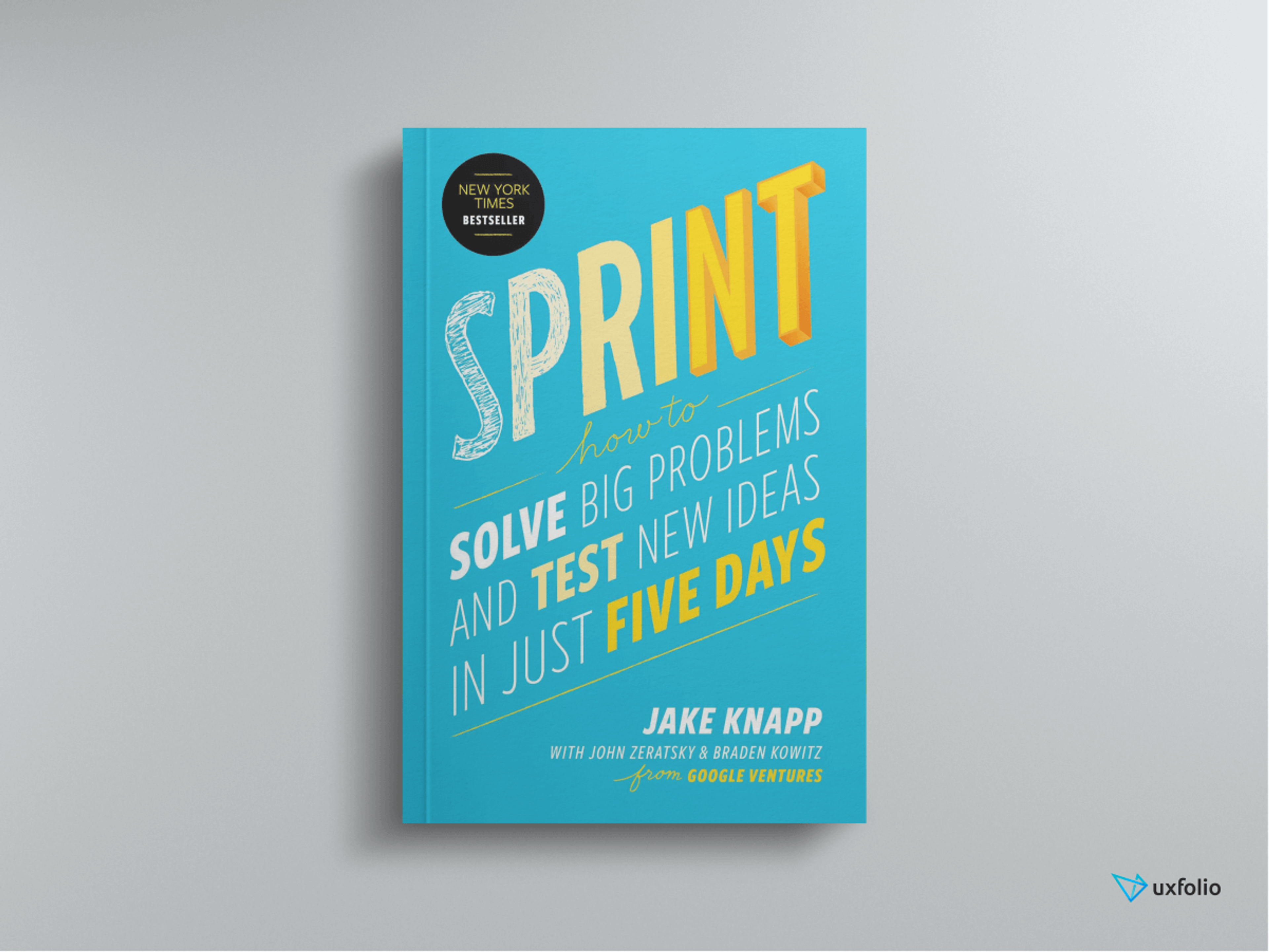
UX Strategy by Jaime Levy (2nd Edition, 2021)
Overview: UX Strategy is a practical and modern guide that sits at the intersection of user experience design, business strategy, and product development. Jaime Levy introduces a four-tenet framework that helps UX professionals define and validate product ideas early — before investing heavily in design or development.
The book walks readers through the entire strategic UX process, from conducting competitive research and customer discovery to creating value propositions and lightweight MVP experiments. It’s written for designers, product managers, and entrepreneurs who need to ensure their digital products are solving the right problem for the right people.
Key Takeaways: Learn how to conduct competitive analysis and customer discovery to validate product ideas, craft truly user-centered value propositions, storyboards, and MVPs, embrace lean UX methods to reduce waste and accelerate iteration cycles, and apply real-world case studies and exercises to bridge UX with business strategy.
Relevance for 2026: As UX design becomes more deeply embedded in product strategy and business planning, UX Strategy remains a vital resource for bridging those worlds. In 2026, the demand for designers who can think beyond wireframes — who can validate ideas, influence roadmaps, and align UX with business goals — is higher than ever. This book equips designers with the mindset and tools to operate strategically in agile, fast-moving product teams.
Source: Amazon

"100 Things Every Designer Needs to Know About People" by Susan Weinschenk
Overview: This informative book condenses decades of research in psychology into concepts and principles that may be applied in the design process to help understand user behavior and users' thought processes.
The activity investigates the effects of cognitive biases, perception, memory, and motivation on the use of products and interfaces. It aims to help the designer gain a more accurate understanding of his audience’s thought processes.
Key Takeaways: Memory, attention, and motivation are human factors that are critical determinants of how successful the designer’s projects will be. Consequently, designers can design enjoyable experiences and help achieve the intended purpose.
Relevance for 2026: Given the increasing use of technology in day-to-day activities, embracing psychological principles in the design remains integral in creating enjoyable and user-friendly designs that appeal to the target users.
Source: orielly
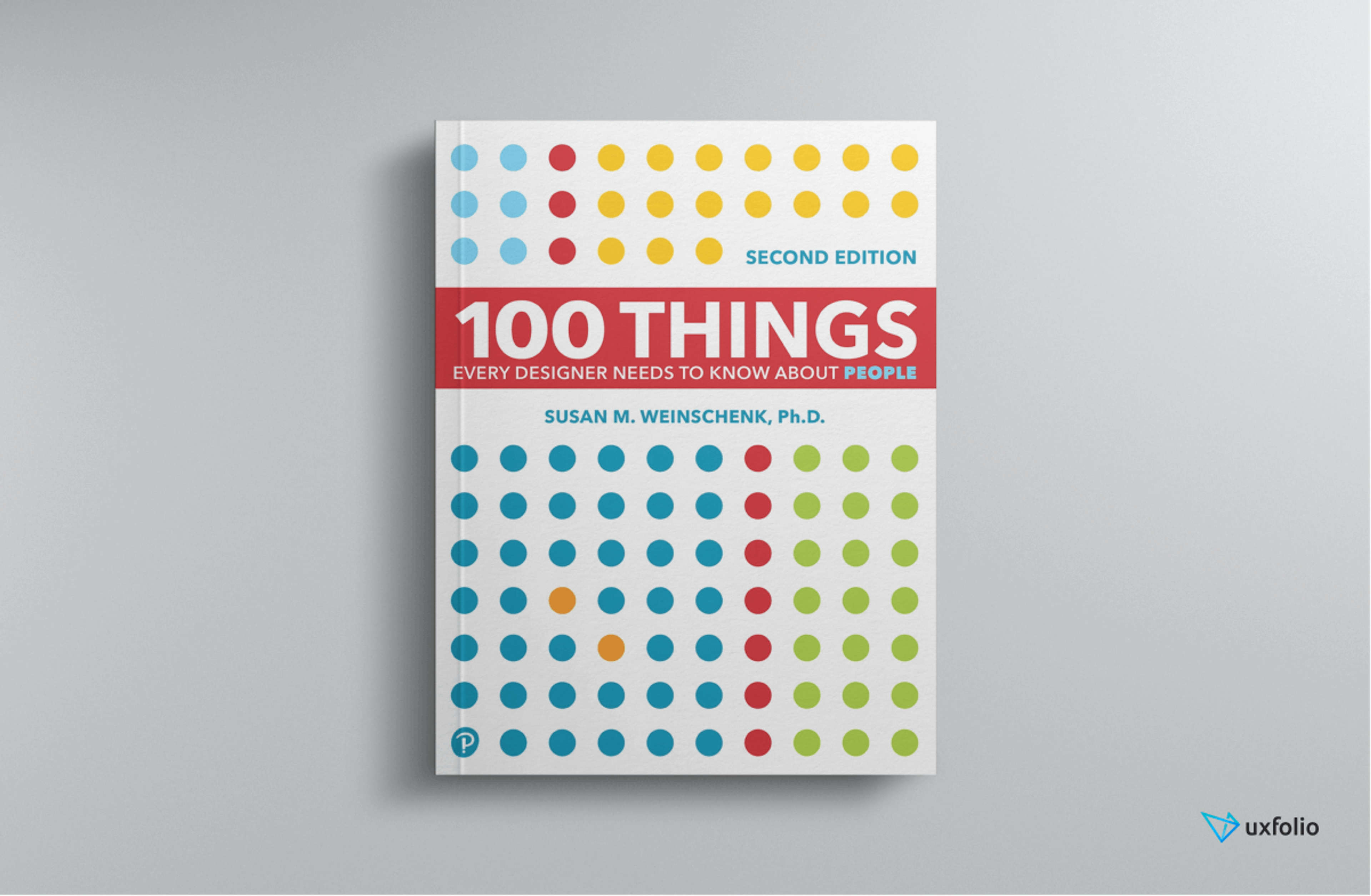
"A Project Guide to UX Design" by Carolyn Chandler and Russell Wilinski
Overview: This book provides readers with knowledge of all the steps of the UX design process, beginning with the initial user research and ending with the completed project. It is an essential resource for any UX designer looking to enhance their skills and collaboration techniques.
It stresses taking practical measures to manage design projects effectively without losing focus on the users. A section provides suggestions for enhancing teamwork and communication.
Key Takeaways: Adopting a systematic approach to UX design improves the likelihood of project success and increases collaboration between different individuals involved. It also highlights the role of empathy and the ability to think of users in the design process.
Relevance for 2026: As UX design becomes more integrated into general business operations, project management can be regarded as a critical skill emerging designers must possess to achieve the intended focus of combining business and user needs.
Source: projectuxd
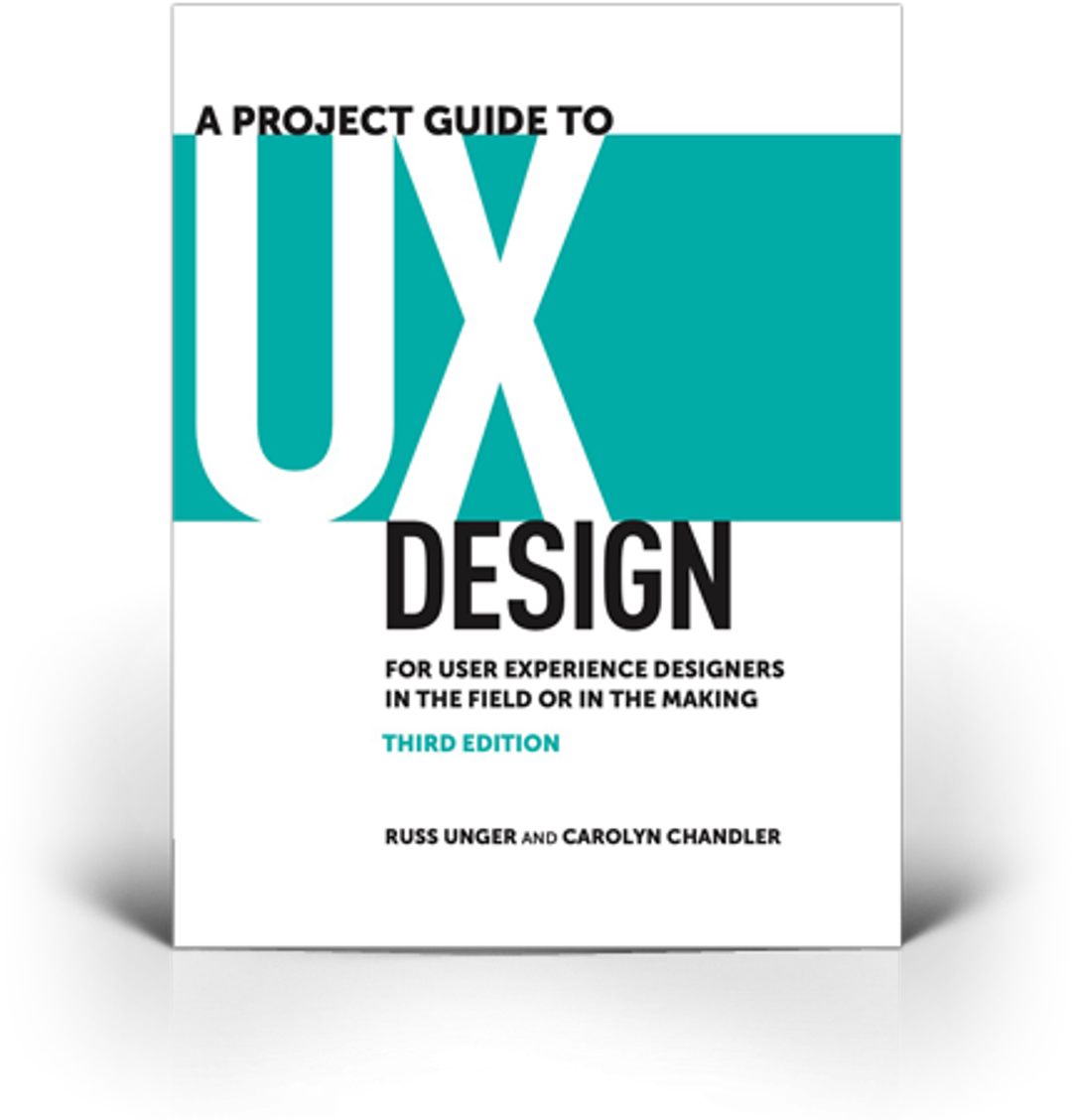
"Lean UX: Designing Great Products with Agile Teams" by Jeff Gothelf and Josh Seiden
Overview: "Lean UX" examines the use of Lean methodologies in the UX design process. It focuses on rapid prototyping, iterative design, and constant user interaction within the agile team. This helps the design team test concepts sooner rather than later and adjust to new changes.
Key Takeaways: Naturalistic, agile strategies for enhancing user experiences, mainly when things move very fast, depend on the unit's capacity to work collaboratively and remain flexible. Lean UX promotes understanding and learning through everyone's participation.
Relevance for 2026: As more organizations embrace agile frameworks to enhance their ability to innovate and respond to changes, Lean UX principles will shape the understanding and practice of UX designers who thrive in such settings.
Source: leanuxbook

"About Face: The Essentials of Interaction Design" by Alan Cooper
Overview: The authors have successfully developed guidelines for developing technology and interactions within the relationship. In the future, this section will focus more on how interaction design should influence the user's goals rather than what technology can do.
Key Takeaways: The book recommends prioritizing user goals and needs during the design process. It includes critical aspects that every designer should observe to ensure that their designs are easy to use and understand.
Relevance for 2026: However, with the fast expansion of digital technology, it has become clearer that designers must return to the basic tenets of principles in interaction design to avoid losing users.
Source: kobo
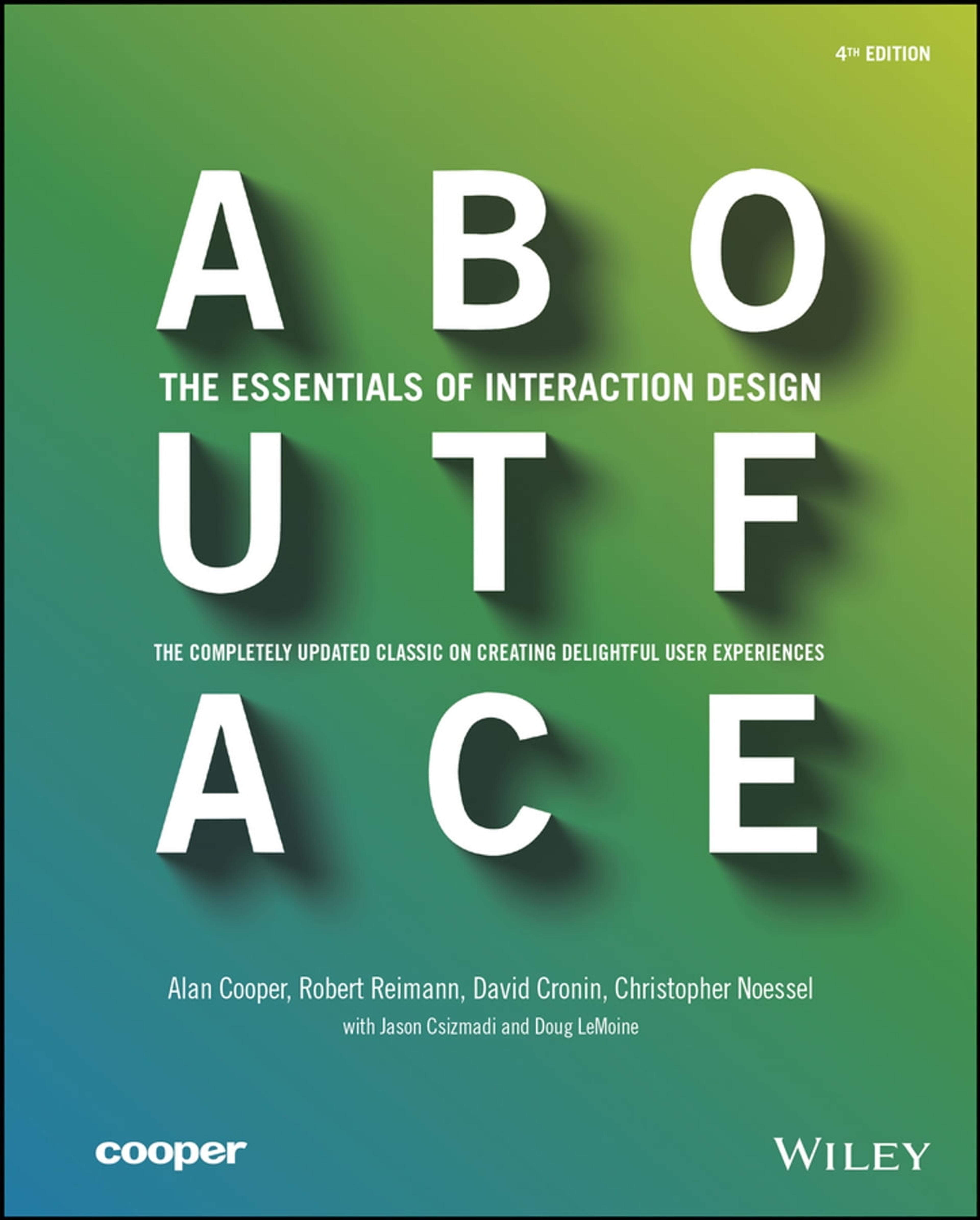
Interaction Design: Beyond Human-Computer Interaction by Helen Sharp, Yvonne Rogers, and Jenny Preece (5th Edition, 2019)
Overview: This widely respected textbook offers a comprehensive look into the theory and practice of interaction design, making it essential for both students and professionals. Unlike many UX books that focus on web or app interfaces, Interaction Design: Beyond HCI explores a broader context — from tangible interfaces and ubiquitous computing to emotional design, accessibility, and ethical UX. The authors emphasize understanding users in their real-world environments and encourage a user-centered design approach that goes beyond screens.
The 5th edition, published in 2019, integrates the latest research and technology trends, including wearables, smart environments, and AI-infused interactions. With hundreds of case studies, reflective questions, and design methods, the book acts as both a theoretical foundation and a hands-on toolkit.
Key Takeaways: Gain a holistic understanding of interaction design beyond traditional GUIs, learn methods for user research, prototyping, and usability evaluation in diverse contexts, explore ethical, emotional, and social aspects of digital product design, understand how to design for emerging technologies such as AI, IoT, and multisensory interfaces.
Relevance for 2026: In an era where interfaces extend beyond screens — from voice assistants to AR/VR and smart devices — Interaction Design: Beyond HCI remains deeply relevant. It provides the conceptual and practical grounding UX designers need to navigate evolving technologies while still staying anchored in human needs. For 2026 and beyond, it’s one of the most future-facing, research-informed books in the UX field.
Source: Wiley

Additional Essential Reads
Universal Principles of Design
Overview: Universal Principles of Design by William Lidwell, Jill Butler, and Kritina Holden is a must-read for anyone involved in the design process. This comprehensive guide delves into a wide array of design principles and best practices, making it an invaluable resource for both novice and experienced designers.
The book covers essential topics such as design thinking, user research, and usability testing, providing a thorough understanding of how to create user-centered designs. Each principle is explained with practical advice and real-world examples, helping designers apply these concepts effectively in their projects.
Key Takeaways: Readers will gain insights into universal design principles that can be applied across various design disciplines. The book emphasizes the importance of understanding user behavior and conducting thorough user research to inform design decisions. It also highlights the role of usability testing in refining and improving designs.
Relevance for 2026: As the field of UX design continues to evolve, the foundational principles outlined in this book remain crucial. Understanding and applying these universal principles will help designers create products and interfaces that are not only aesthetically pleasing but also highly functional and user-friendly.
Source: Amazon

Hooked: How to Build Habit-Forming Products
Overview: Hooked: How to Build Habit-Forming Products by Nir Eyal is an insightful exploration into the psychology behind habit-forming products. This book provides a comprehensive guide to designing products that are not only engaging but also capable of building lasting user habits.
Eyal introduces the Hook Model, a four-step process that includes Trigger, Action, Variable Reward, and Investment. This model helps designers understand how to create products that keep users coming back. The book covers a wide range of topics, including user behavior, design principles, and product strategy, making it a valuable resource for anyone involved in product design and development.
Key Takeaways: Readers will learn how to design products that effectively engage users and build habit-forming behaviors. The book provides practical advice on understanding user behavior and leveraging psychological principles to create compelling user experiences. It also includes real-world examples of successful habit-forming products.
Relevance for 2026: In an increasingly competitive market, creating products that foster user engagement and loyalty is more important than ever. Hooked offers timeless strategies for designing products that not only meet user needs but also build strong, habitual usage patterns, ensuring long-term success.
Source: Amazon

How to Approach Reading These Books
To really get the most out of these unique design books, it’s a good idea to start with the more beginner-friendly ones and follow the reading list in the suggested order.
This way, you're building your knowledge step by step — starting with the basics, then diving into more hands-on, practical topics, and finally getting into more specialized areas.
It’s especially helpful to begin with books that react to real-world design challenges. They give you a solid understanding of the core ideas, so when you eventually get into heavier theory or advanced techniques, it all makes more sense.
As you progress, you'll naturally ease into deeper topics like interaction design, user research, and usability testing. Following this kind of learning path helps you absorb the material without feeling overwhelmed — so instead of getting lost in complexity, you grow into it.
Source: Akwatoria

Pair practical exercises and projects with the content relating to these books and aim for their reinforcement. For instance, imagine you have finished reading a chapter dedicated to visual hierarchy. Now, you have to implement the learned materials in a design project.
Engage with the world and try the various design strategies to appreciate the value of what you have. Additionally, consider integrating UX writing exercises to understand its role in the overall user experience and design workflow.
Furthermore, participate in any forums or other online social networks concerning UX design to exchange information and experience relative to the subject matter. These resources are significant for networking and provide the opportunity to see different points of view.
So, when you try to do something you have learned and request criticism, you will expand your knowledge and improve your dietary unit design skills. This is the way of life. Assimilate it, and you will be ready to leap into the exciting design world.
Read More:
Conclusion
In the ever-evolving field of UX design, the importance of continuous learning cannot be overstated. As technology advances and user expectations shift, staying informed about the latest trends, methodologies, and best practices is essential for professional growth.
By engaging with a variety of resources, including the recommended books, designers not only deepen their knowledge but also hone their skills and adaptability.
It's vital to encourage a mindset of curiosity and exploration — read widely, experiment with new ideas, and seek out diverse perspectives. Embrace the journey of learning beyond this list, as doing so will empower you to tackle the dynamic challenges of the design world with confidence and creativity.


About Clay
Clay is a UI/UX design & branding agency in San Francisco. We team up with startups and leading brands to create transformative digital experience. Clients: Facebook, Slack, Google, Amazon, Credit Karma, Zenefits, etc.
Learn more

About Clay
Clay is a UI/UX design & branding agency in San Francisco. We team up with startups and leading brands to create transformative digital experience. Clients: Facebook, Slack, Google, Amazon, Credit Karma, Zenefits, etc.
Learn more